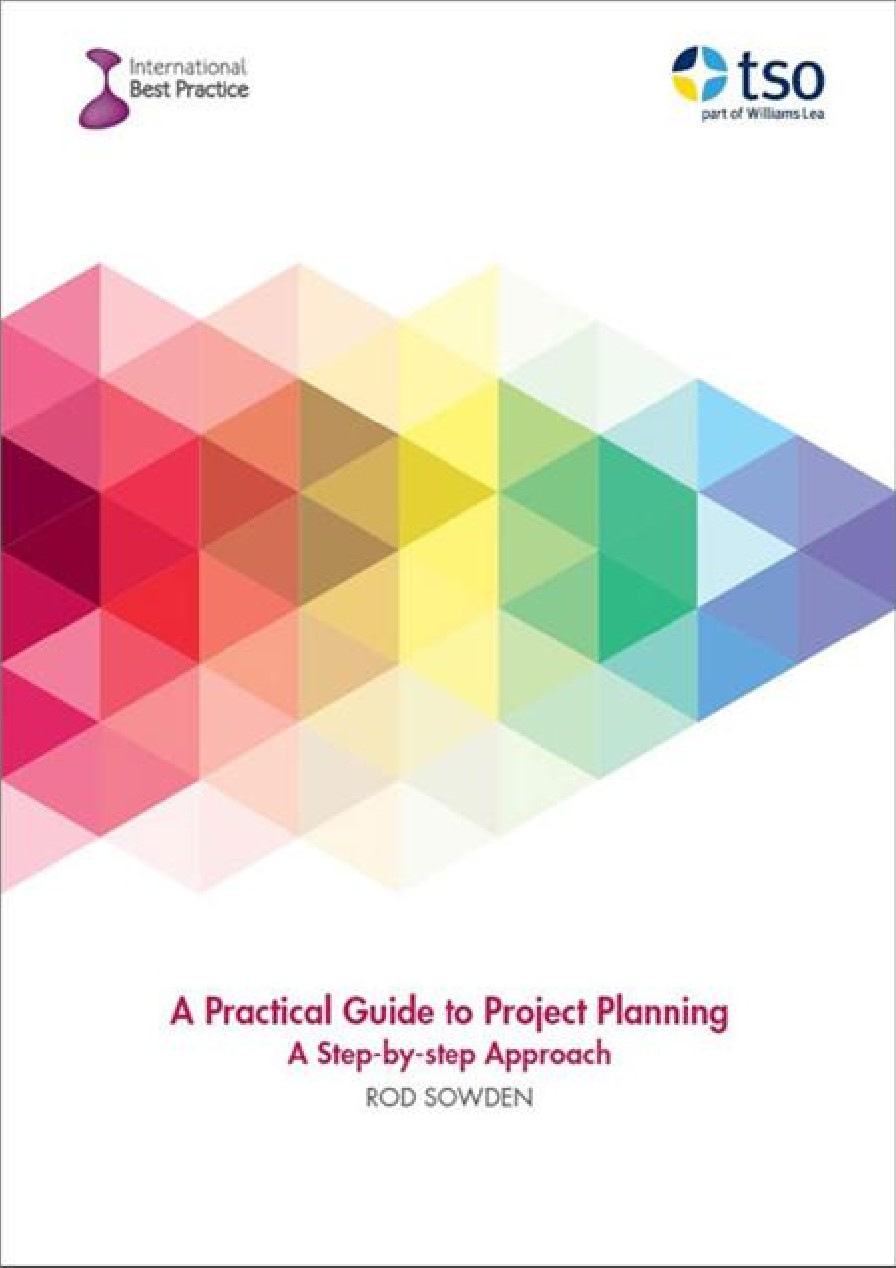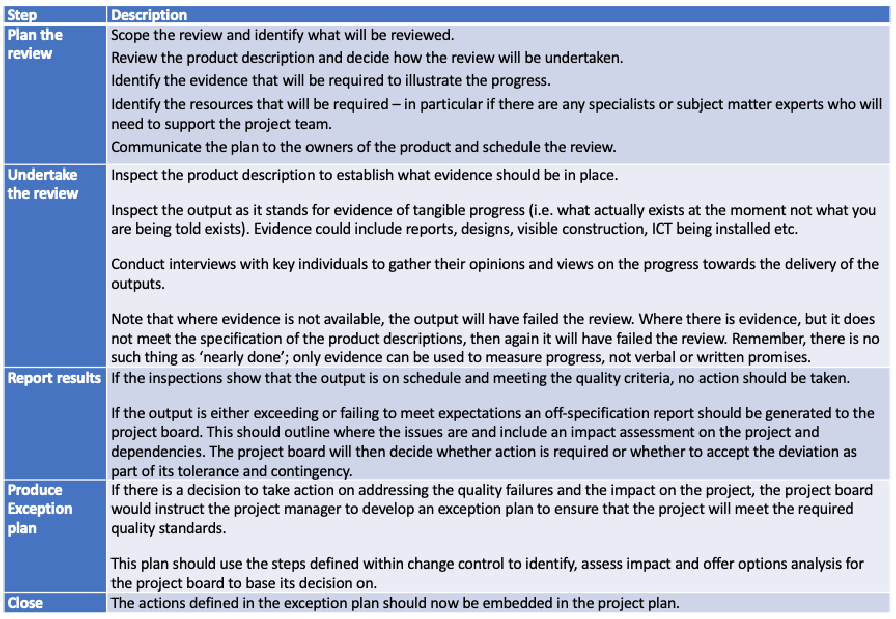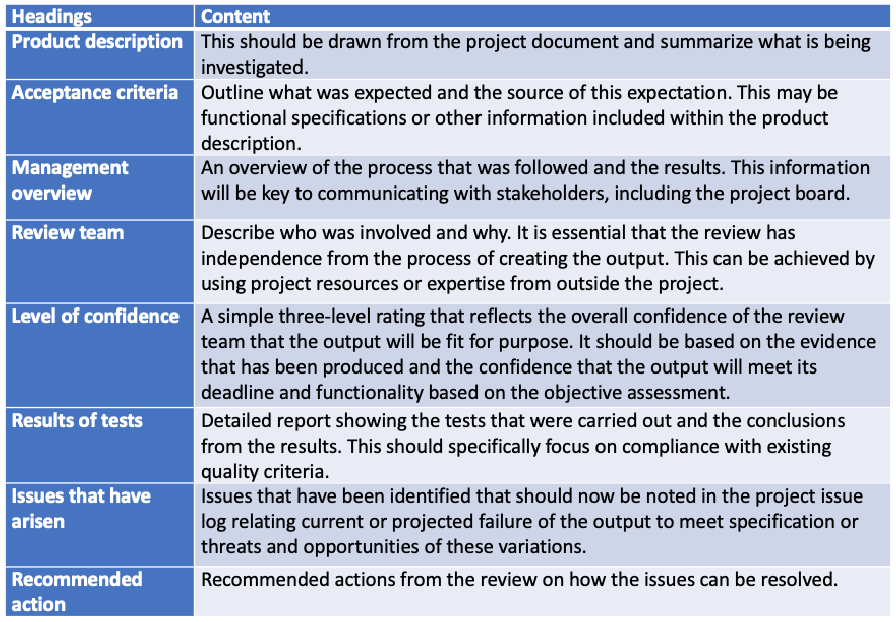eLearning Log in
Login here using your username and password
How do I manage project quality?
Introduction
‘We haven’t got time to do it right, but we have got time to do it again (… and again).’ Claire Rookes
Managing quality is about getting the outputs right first time. What the project doesn’t want to happen is something completely different from what was required turning up on site on the day of installation.
The other aspect to quality is the evolving expectations of stakeholders. They may have specified one thing, but in their mind’s eye it has morphed into something completely different through overpublicizing the benefits or the positives. This might lead to a perceived project failure.
Quality is managed by measuring and monitoring the quality of the outputs being developed against the quality criteria defined during design and development rather than waiting to see the finished article, when much time and effort may have been wasted creating the wrong thing.
The sources of acceptable criteria were defined in the product descriptions and these should provide the basis for the assessment process. Keeping the delivery of the output on track may be achieved by establishing reviews at key points where deviations can be managed, namely:
- Agreeing the outline design
- Building the prototype to prove concept
- Functional testing to prove it does what it says
- Piloting to test it in a live environment
- Final roll-out.

This extract has been reproduced with permission from A Practical Guide to Project Planning, TSO 2016. If you’d like to read more you can purchase the copy of the book here.
Each of these review points may trigger payments, which is a good way to control the expenditure related to value delivered. These steps could also be used to measure the percentage of the task completed.
Reviews can take two forms: a formal scheduled review and/or spot checks on progress.
Opportunities may arise through the quality control process to deliver requirements that were identified at the outset, but were left out of scope as they were categorized as ‘nice to haves’, thus increasing value to the operations. Alternatively, a completely new opportunity may arise unexpectedly.
Changes to quality should be regarded as issues and follow the change control procedures. Any changes to requirements from either the supplier or the business representative will have a time and cost impact which must be assessed.
Technique
The main technique for assuring quality is the quality review. This is a structured approach to checking that progress is being made and is on track for the delivery of an output. It can be used to check any of the outputs, when they are hard or soft, but may require some flexibility in assessing progress.
Product descriptions include the functionality and performance required of the output and the quality criteria against which acceptance will be made. These are key to assessing quality. In particular, look at the essential functionality to meet the acceptance criteria and those areas of functionality which are nice to have but not essential.
The technique for the review should follow the steps described in Table 5.9.

Table 5.9 Review technique for quality assurance

Example
Table 5.10 is an example of what a report from a quality review might include.
Example of what to include in a quality report

